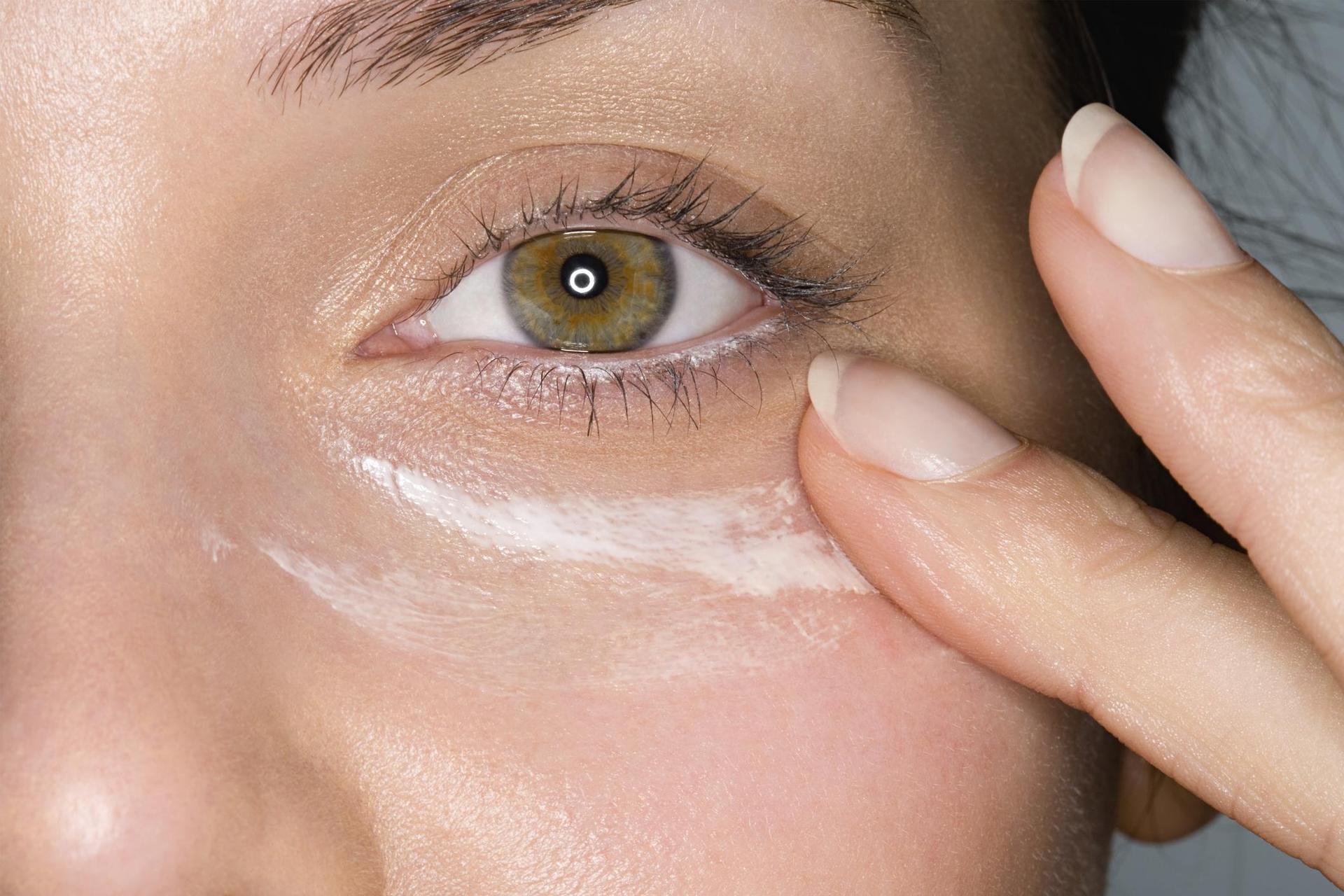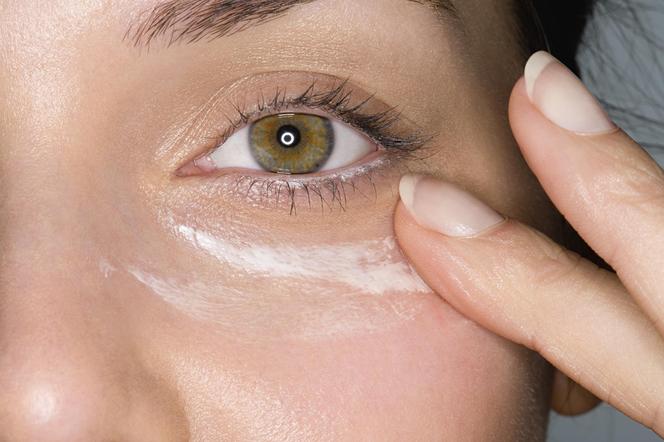
Cosmetics contain a variety of ingredients. We can find, for example, acids in increasing numbers. Dermatologists have recently been paying special attention to polyglutamic acid, which not only moisturizes, but also nourishes and revitalizes the skin.

Better than hyaluronic acid? Dermatologists are delighted
Polyglutamic acid is a peptide, which means that it consists of a group of glutamic acid molecules. It is usually produced synthetically for cosmetic purposes, although it can also be produced in the natural fermentation process of soybeans. It is worth knowing that this acid increases the solubility of the substance in water. Moreover, as a by-product of the fermentation of Bactilis subtilis bacteria, it is completely harmless to the natural environment. When it comes to cosmetics, polyglutamic acid is described by many as “new, better hyaluronic acid”. All because its moisturizing power is, according to some, even 10 times greater.
At the beginning, however, polyglutamic acid was considered only as a carrier of active substances into the skin, thanks to its ability to penetrate the epidermis. However, it didn’t take long to discover that it could quickly moisturize the skin on its own. This is because it creates a “barrier” on its surface that retains moisture inside the tissue. Thanks to this, the application of polyglutamic acid allows you to maintain the appropriate water level in the skin even in unfavorable external conditions. This means that dry air, wind or even air conditioning will not pose a threat to it.
How does polyglutamic acid work? Not only moisturizes
Until recently, when talking about hydration, hyaluronic acid came to mind. All because one molecule can bind up to 250 water molecules. However, polyglutamic acid beats it. It turns out that it can retain up to 4,000 times more water than its weight in the skin. It is estimated to be 4 to 10 times stronger than hyaluronic acid.
Polyglutamic acid works on the principle of a humectant, i.e. a substance that attracts and retains moisture in the skin. In short, it means that it not only prevents water loss, but also creates a protective layer, helps maintain the optimal level of hydration, prevents drying and eliminates the feeling of tight skin. It is also worth adding that it has a soothing effect. It helps reduce irritation and inflammation and supports wound healing. It will make the skin smooth, firm and moisturized. In addition, it also has the ability to fill fine lines and wrinkles. It acts as a tightening substance.
Polyglutamic acid can be found primarily in moisturizing cosmetics dedicated to all skin types. It usually occurs in concentrations of 0.3 to 2.5%. An interesting fact is that using polyglutamic acid does not mean that we have to give up hyaluronic acid. Dermatologists advise to use both, starting with hyaluronic and ending with pologlutamione.
